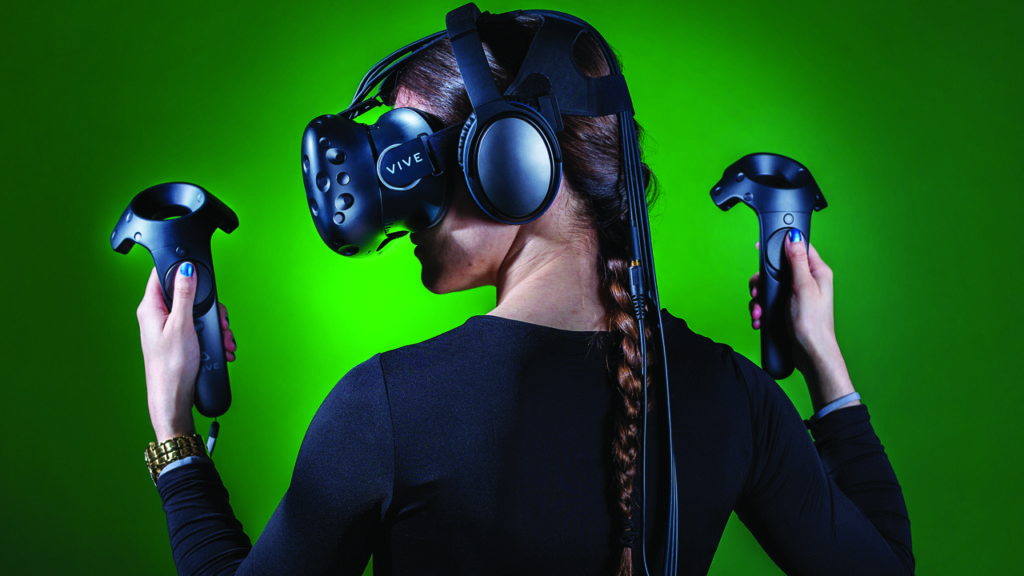According to a new report from Adobe Digital Insights (ADI), US gaming console and PC sales will reach $25.3 billion in 2016, up 7.7 percent over 2015, and represent a growing opportunity for marketers. Tamara Gaffney, principal analyst and director for ADI, said online revenue was up 42 percent in Q1 2016 over the same quarter last year. Gaffney forecasts online game sales in the US will generate $1.1 billion in revenue this year.
“Q1 is traditionally a slow time of year in the games industry,” Gaffney said. “We’re seeing a transition of more money being spent in online gaming, which is why we saw offline game sales down 7.7 percent compared to Q1 2015.”
ADI was established four years ago. Gaffney was placed in charge of the new division, which analyzes information in the Adobe marketing cloud. For this new gaming report, Gaffney and her team analyzed data from 2.5 billion visits to retail websites, providing a much deeper dive into data by looking specific transactions this year. They were able to capture details in online shopping carts such as product name, price and quantity, and if it was purchased. They analyzed 2.2 million products overall through online shopping cart data, including 8,000 in the computer space and 4,000 in the gaming space.
Virtual reality was also a focus of the ADI 2016 Gaming Report. Gaffney said to date, the buzz around VR has far outweighed retail sales. In fact, retail sales weren’t robust enough to even include in the data-driven report.
“The VR headset marketplace hasn’t taken off yet,” Gaffney said. “We’ll track it once it takes off, which we expect to happen around Christmastime (2016).”
Adobe Social View is a scraping agent that goes into social platforms to collect the number of mentions with keywords around the virtual reality space. Gaffney’s team has been doing this every month for over a year. She said social media buzz is very predictive of what will happen in the future when it comes to retail sales.
“The big buzz around VR started with the Oculus Rift announcement, and when it started shipping we saw a 548 percent increase since January 2015,” Gaffney said. “And we’re not seeing much decline. VR is holding that excitement, especially the HTC Vive, which has seen an over 2,000 percent increase since January 2015.”
Gaffney said the sustained excitement is because different devices are coming out. But that’s not translating to a lot of sales.
“Right now the market is early adopters who want to try all the new stuff, while others are waiting,” Gaffney said.
Gaffney believes Facebook owning Oculus may be preventing the VR platform from making partnerships across the games business, which gives HTC, which is more independent and has its own partnership with Valve, an edge up in the PC VR competition.
Both Oculus and HTC face the major hurdle of the price of PC hardware, according to Gaffney. While the cost of PCs that can run high-end VR remains high, this opens up a door for Sony.
“PlayStation is different because they have 40 million consoles in homes and it’s easy to upgrade to PlayStation VR,” Gaffney said. But there are still a lot of question marks in the VR market.
“Maybe the HTC won’t be the thing, maybe Samsung will come out with something at Christmas that knocks everyone out,” Gaffney said. “What new thing will come out that consumers will want? That’s the game we’ll get into with augmented reality.”
Another growing area in the video game industry is eSports, which has impacted every sector of gaming to date. ADI looked at the growth of eSports communities across top games and found that Valve’s Counter-Strike: Global Offensive (CS:GO) saw a 66 percent increase, topping all five games. Valve’s Dota 2 saw a 17 percent increase, Riot Games’ League of Legends saw a 9 percent rise, Blizzard Entertainment’s Hearthstone saw an 8 percent growth and Activision’s Call of Duty saw a 1 percent rise.
Gaffney believes that in the future, VR and eSports will go together like peanut butter and jelly.
One key takeaway from this new report for brands is that gamers like to test things out before buying. ADI explored online games that featured open betas and found that games that allowed players to test the product during development sold 4.2x more units than games that didn’t have open betas.
“Millennials don’t react well to closed environments,” Gaffney said. “They like openness and the ability for friends to be on something with them, sharing the experience.”
Gaffney believes it might pay off for those in the software and technology industry to allow potential customers to test technology before it is released to the masses. That could even apply to an advertising campaign.
“Think of all the useful feedback gaming companies get when they have open betas for their games; now think about how much a brand could benefit from that type of feedback when launching a product, service or campaign to ensure it really resonates with the audience,” Gaffney said.

